The Fascinating World of Bioluminescent Fungi: A Glimpse into Nature’s Night Lights
Illuminate Your Knowledge: Bioluminescent Fungi
Deep in the forests, where the whispers of nature are often the only sound, there exists a mysterious and enchanting phenomenon that has captured human imagination for centuries—bioluminescent fungi. From the subtle glow of Mycena chlorophos in the jungles of Asia to the eerie shine of Omphalotus olearius in the woods of North America, these living night lights have become a subject of fascination for scientists and nature enthusiasts alike. In this post, we’ll explore the science behind this natural wonder, the role it plays in our ecosystem, and why it has inspired everything from folklore to medical research.
Understanding Bioluminescence in Fungi
Bioluminescence is the process by which living organisms produce light through a chemical reaction. In fungi, this reaction involves the enzyme luciferase acting on a compound called luciferin in the presence of oxygen—a spectacle that can be observed in a variety of fungal species. But what’s the purpose of this glow? Studies suggest it may serve to attract insects, which in turn assist in spore dispersal, ensuring the continuation of the species. 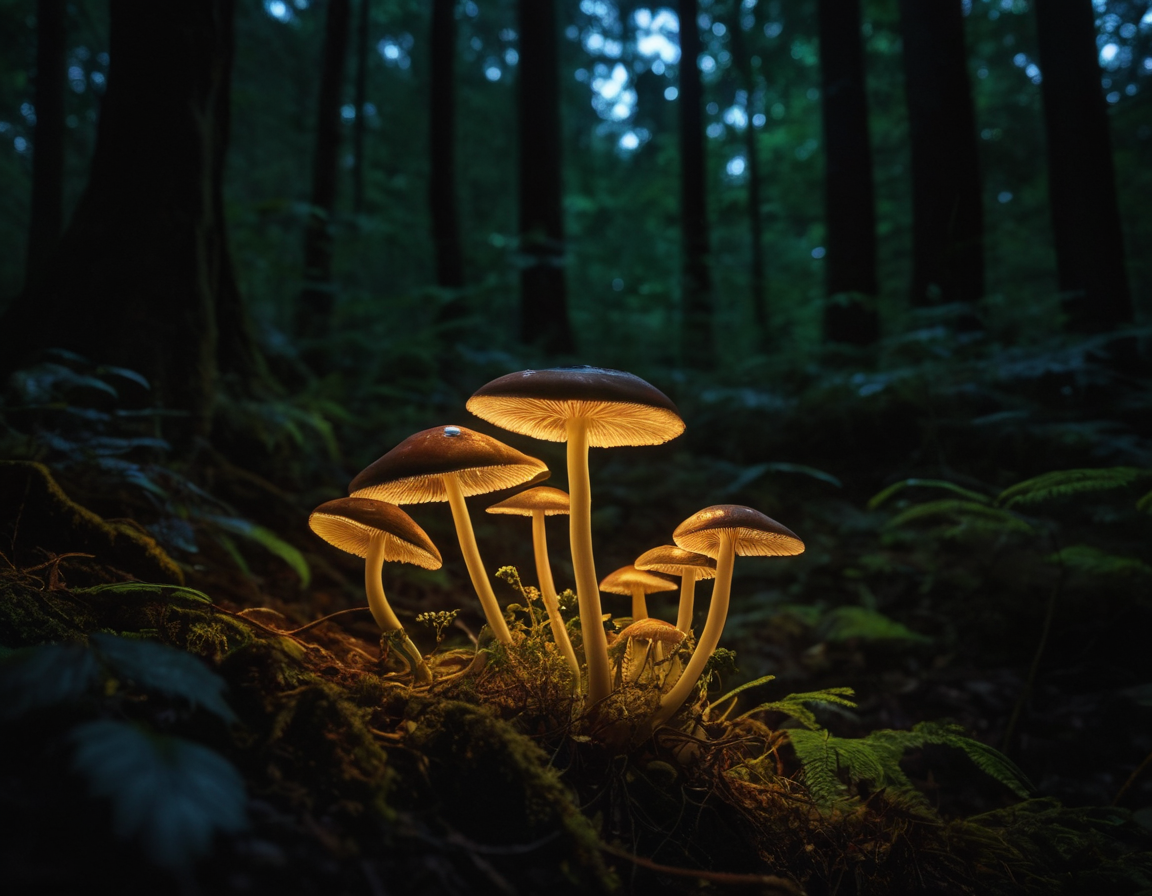
A Closer Look at Luminescent Species
While over 75 species of fungi are known to exhibit bioluminescence, some have gained more attention due to their unique characteristics or widespread presence. The Armillaria mellea, also known as the honey fungus, not only glows but is also one of the largest living organisms on earth, with networks spreading over vast areas. Meanwhile, the ‘ghost mushroom’ Omphalotus nidiformis, predominantly found in Australia, creates a captivating display with its large, ghostly fruiting bodies that emit a greenish glow. 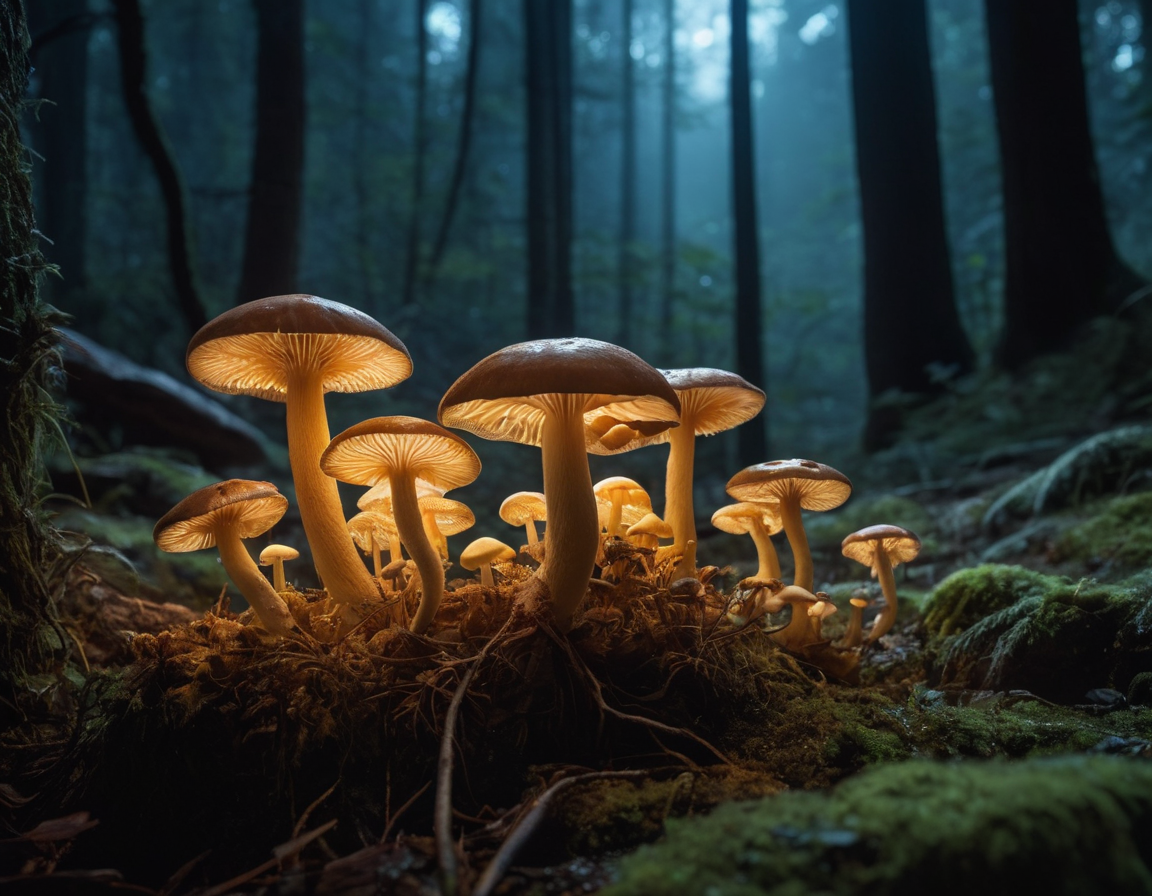
Bioluminescent Fungi in Culture and Science
Cultural references to glowing mushrooms can be found in the folklore of various civilizations, where they were often associated with magic or the supernatural. In modern times, the study of bioluminescent fungi has opened doors to potential medical advancements, such as the development of new imaging techniques that use the bioluminescent properties for tracking cells in the human body. 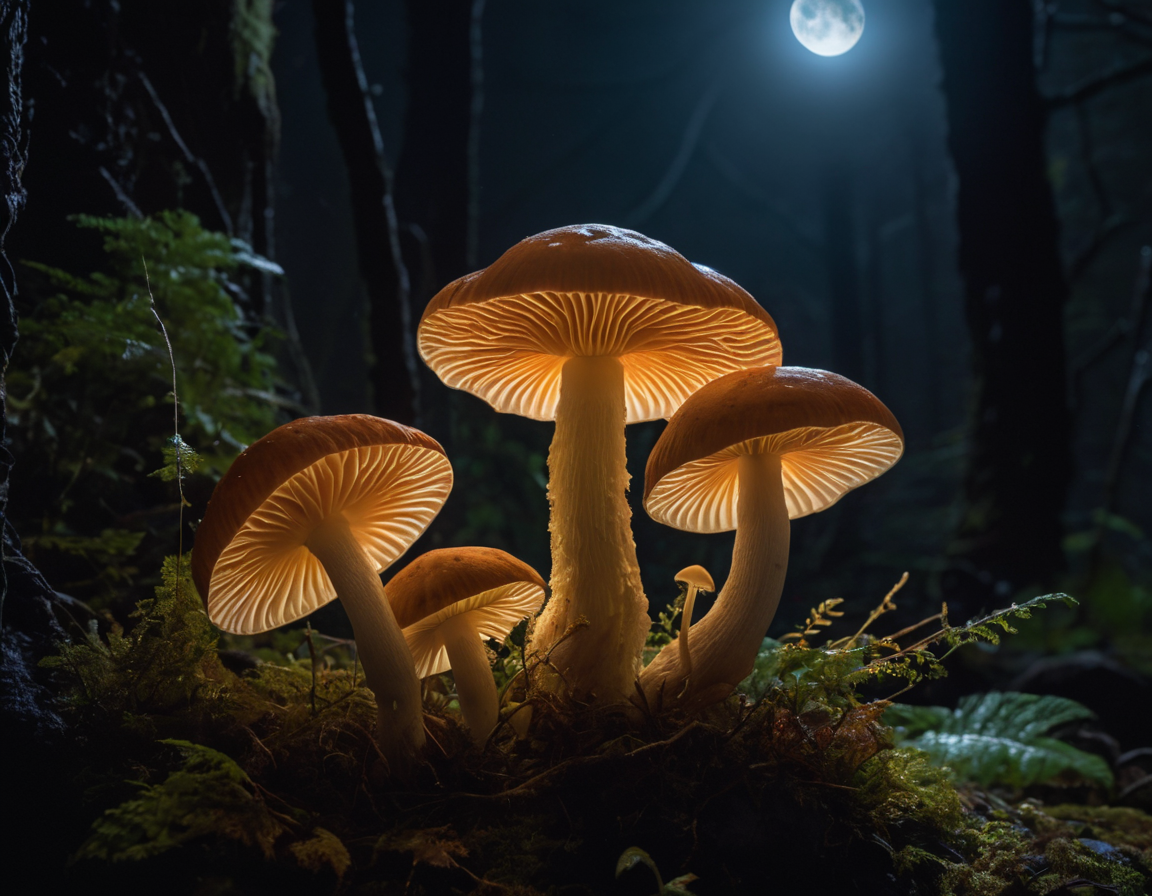
Experiencing the Magic Firsthand
For those eager to witness this natural marvel, there are opportunities worldwide, from night hikes in the forests of Brazil, where you might spot the radiant ‘flor de coco,’ to the dark woods of North America, where various species illuminate the understory. Ecotourism has begun to cater to this interest, offering guided tours that respect and preserve these delicate ecosystems. 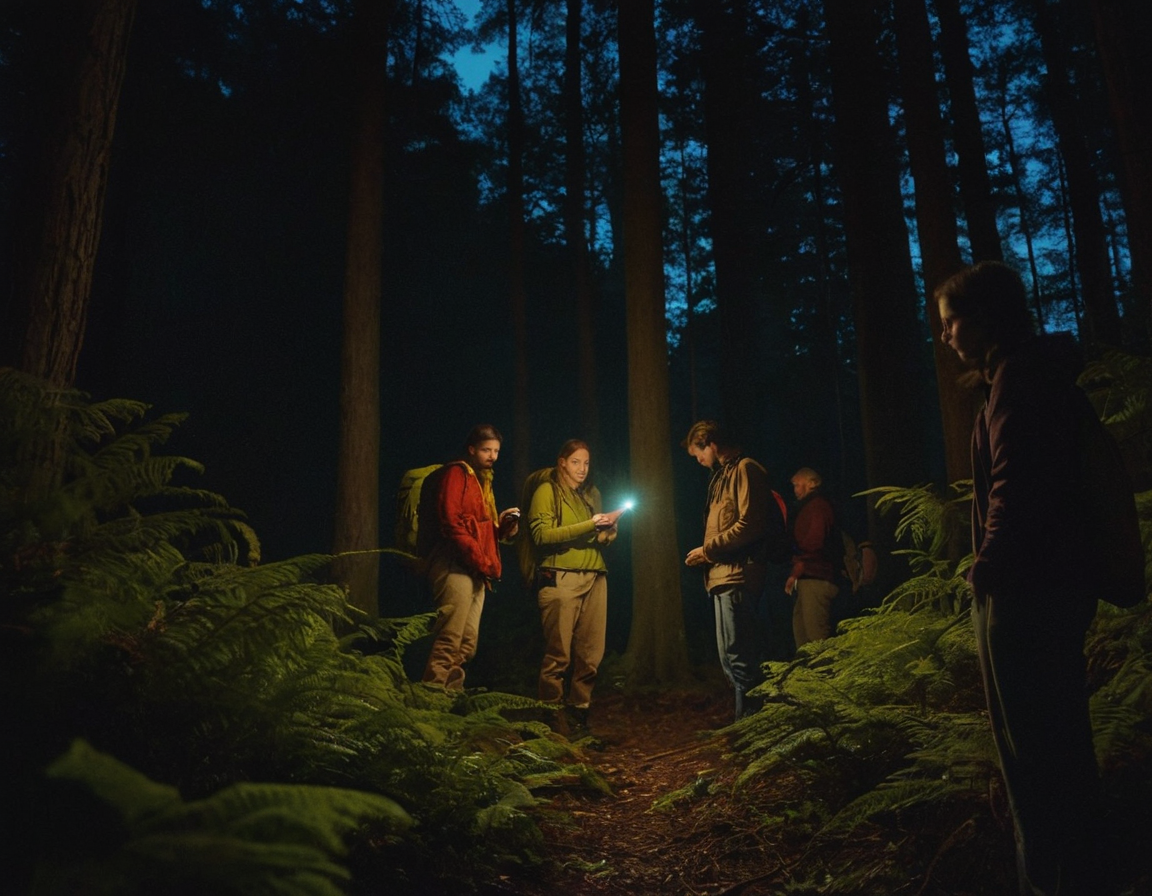
Conservation Efforts for Bioluminescent Fungi
As enchanting as these organisms are, they face threats from habitat destruction and climate change. Conservationists are working to protect these species and their habitats, ensuring that future generations may continue to enjoy their otherworldly glow. The role of fungi in our world is invaluable, and bioluminescent species add a mystical and educational element to the importance of biodiversity. 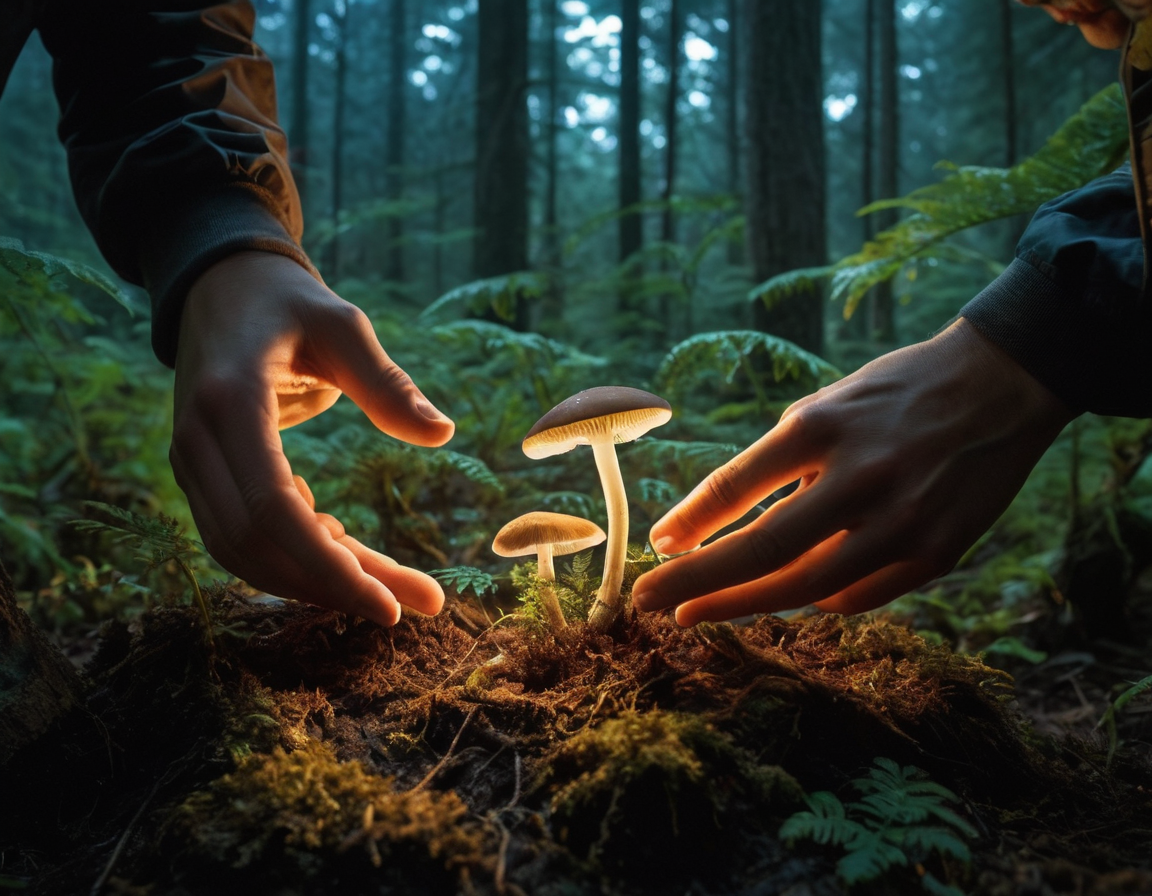
In conclusion, bioluminescent fungi are more than just a beautiful mystery; they are a vibrant part of our natural world. Whether through science, storytelling, or personal experience, these glowing organisms continue to shed light on the wonders of nature and the inexhaustible curiosity of humankind.
Embark on your own journey of discovery and let these natural night lights guide you through the hidden beauty of our planet!






